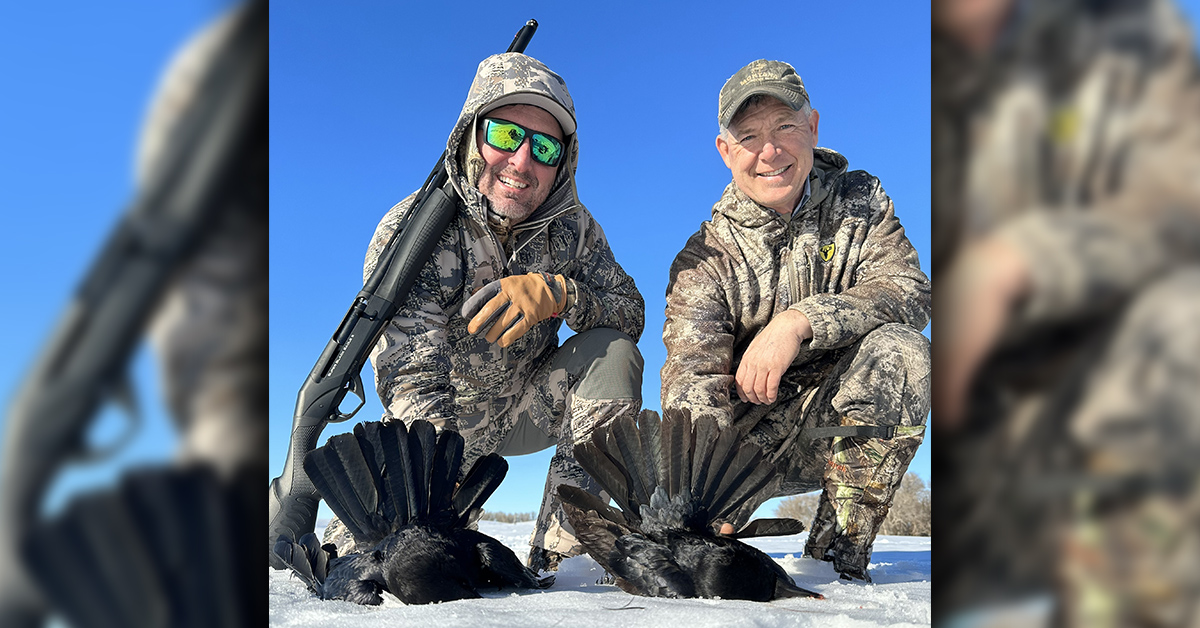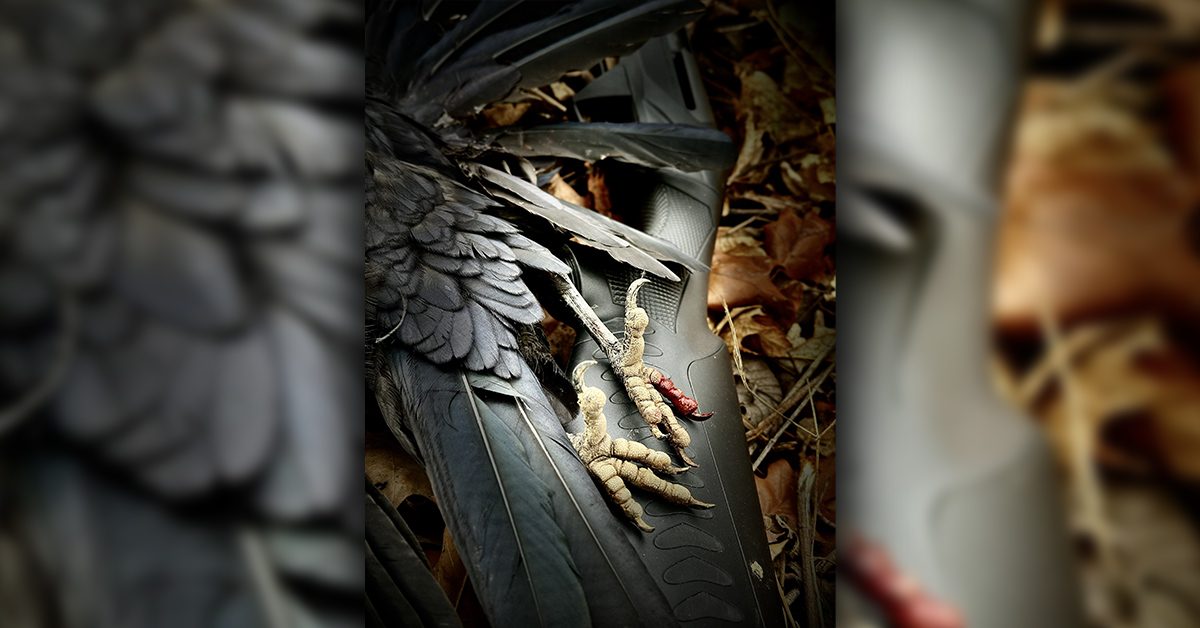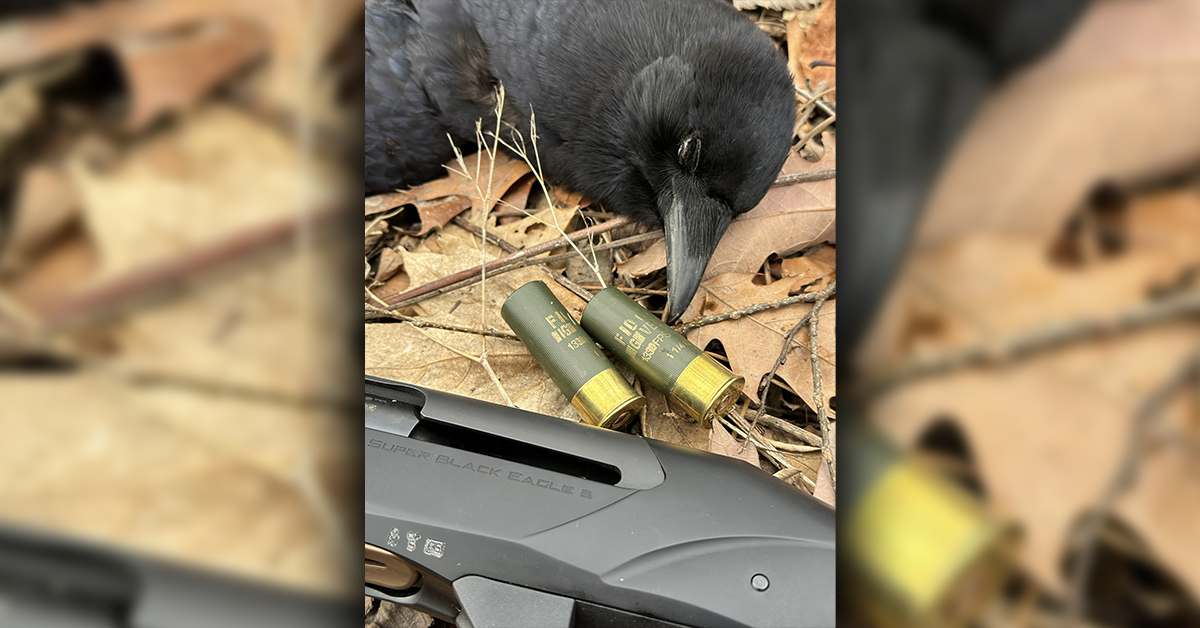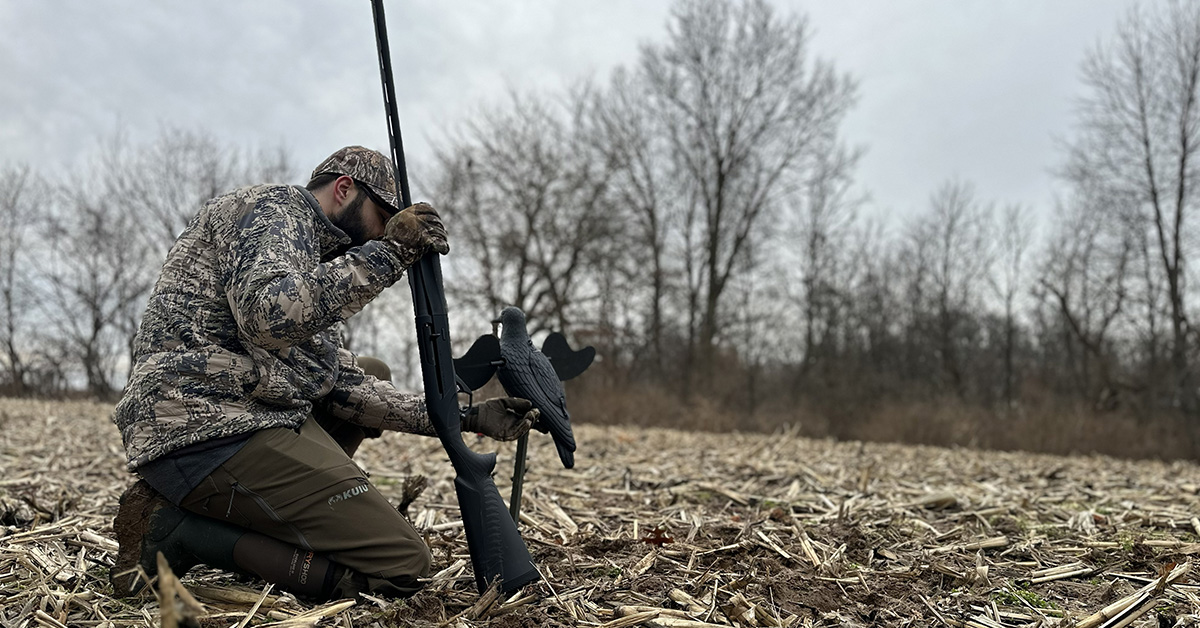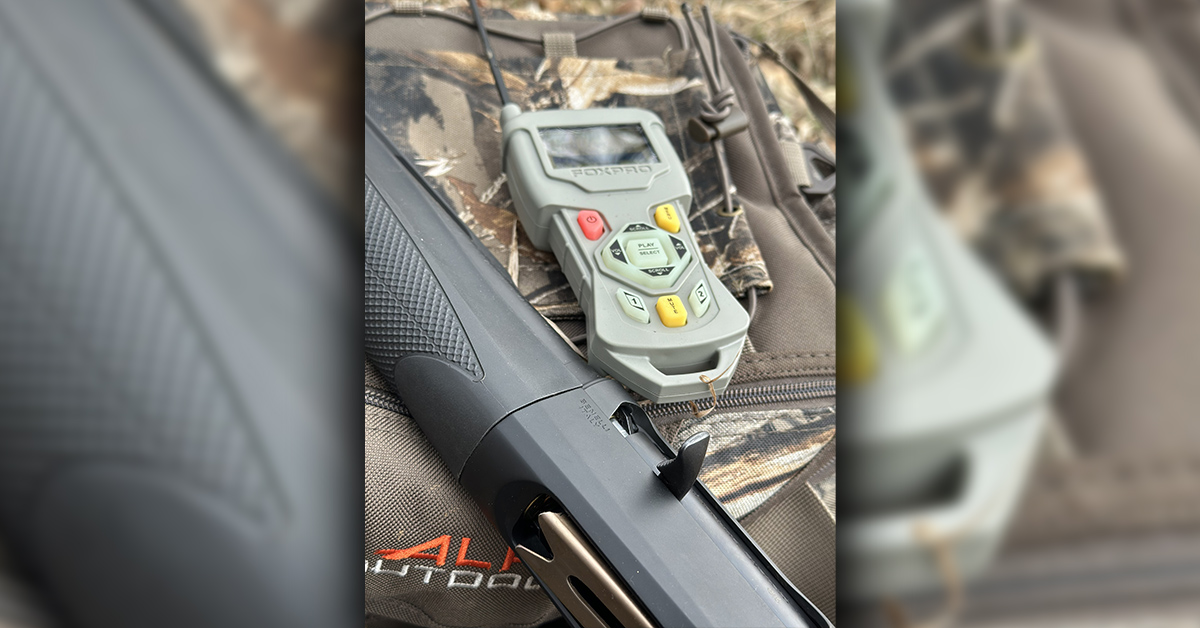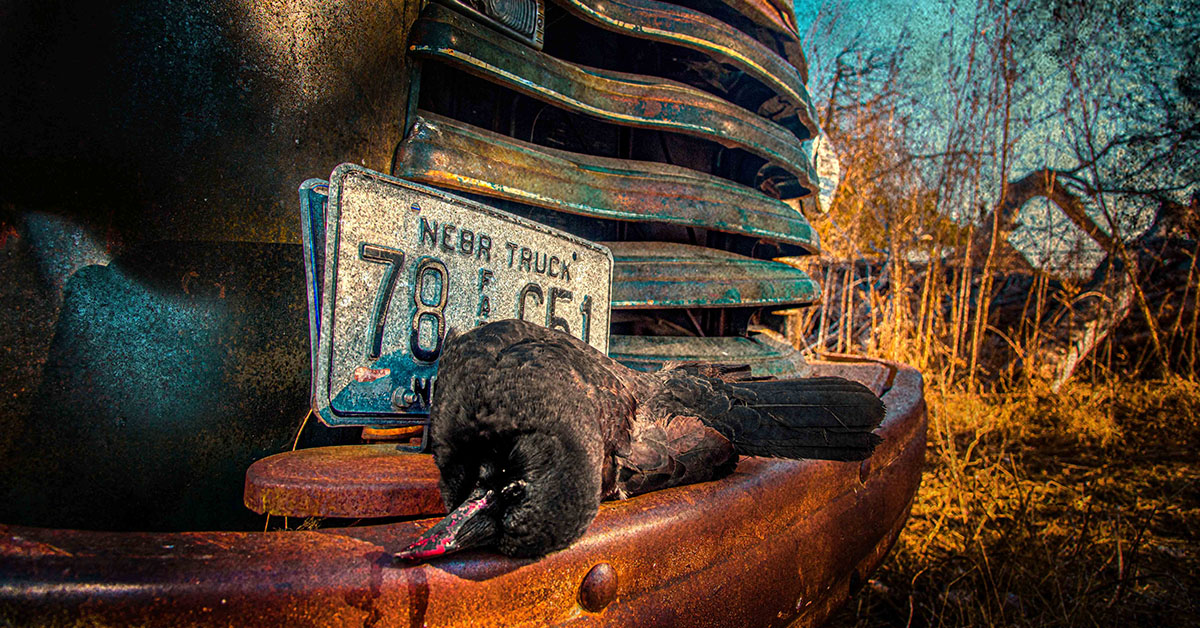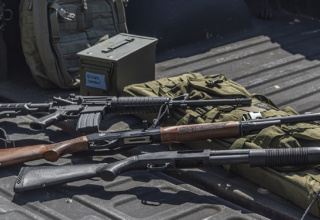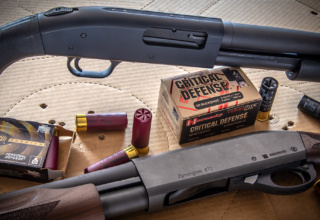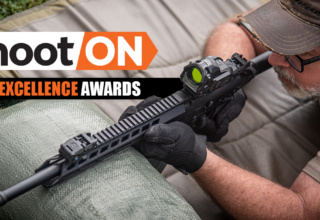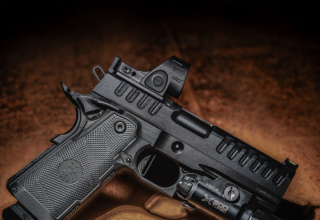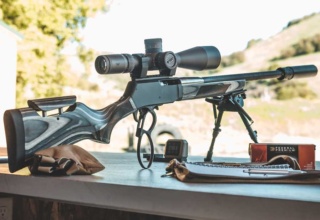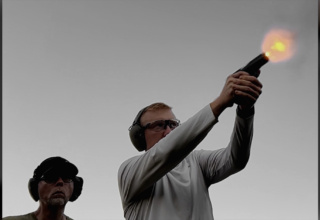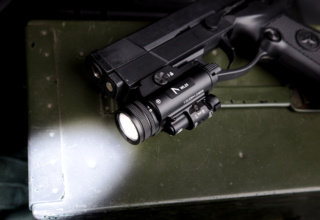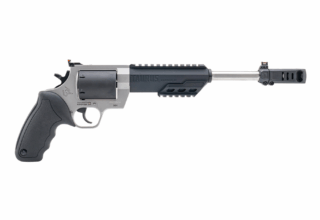Want to spend more time with your shotgun but find range work boring? Grab a couple boxes of shells and try your hand at crow hunting.
by Ward Archer
Even before first light, you hear them. A single caw, then after a few minutes, another echoes over the frosted fields.
Crows are noisy, yes, but also clever. They have watched us since the beginning and, in many ways, they’ve probably learned as much about us as we have about them. Yet here’s a tip: for all their cunning, they can still be hunted. And for hunters who enjoy a challenge, few pursuits test your patience and shotgun handling as much as crow hunting.
We want to introduce you to something many of you may never have before considered. Crow hunting is a fun sport as well as a depredation management tool. Here, we’ll briefly touch on not only the how-to of hunting crows, but also the why. We’ll also talk shotshell choices, compare the big 12-gauge to the dainty .410, and share a few setup tips for hunting crows in field and timber environments.
Why Hunt Crows?
To the casual observer, crows might seem like charismatic, mischievous birds. They are, in fact, an intelligent and social species, with uncanny problem-solving abilities. There are some interesting YouTube videos you can look up that reveal just how clever crows can be. To farmers and wild game managers, though, crows can be…shall we say…problematic.
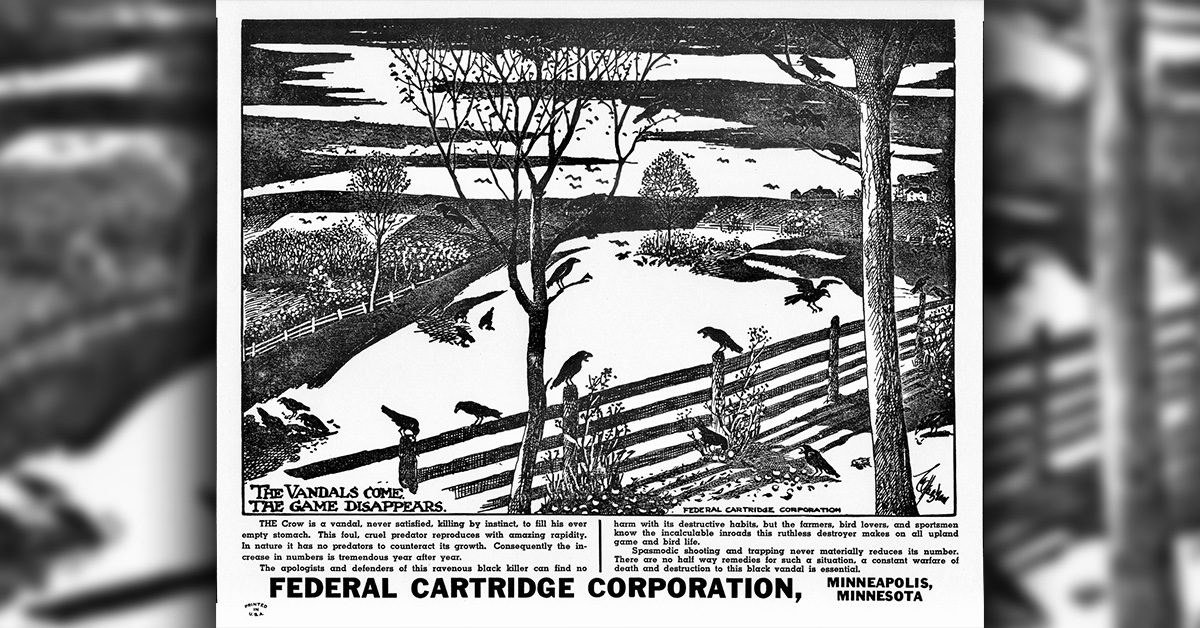
Crows are opportunistic feeders, consuming insects, crops, carrion , or anything else they find. Unfortunately, this includes game bird eggs. Given the opportunity, crows can wipe out pheasants, quail, grouse, and even wild turkey nests. In spring, a single crow can locate and consume multiple songbird eggs in a day. For upland populations already under stress from habitat loss, such as ruffed grouse, crow predation adds another layer of challenge.
So, hunting crows isn’t just about sport. It can play a small role in balancing populations and reduce nest predation in certain areas.
The Federal Side: Migratory Bird Regulations
Crows are migratory birds and therefore fall under the Migratory Bird Treaty Act (MBTA). But unlike ducks or geese, crow hunting is often more liberal.
Under federal rules, states may set crow seasons up to 124 days per year. Yet unlike most migratory birds, there is often no daily bag limit on crows in many states.
Why so lenient? Because, despite being migratory, crows are far from threatened. Their numbers are substantial, and hunting pressure has little impact on their overall population. Still, hunters must check their specific state regulations, as seasons vary widely from state to state.
Roosting and Feeding Habits
To hunt crows effectively, you need to know their schedule.
Scout the countryside to determine where they sleep and eat. At night, crows roost communally — sometimes in the thousands. These roosts are often located in tall trees near water. At dawn, crows peel off in groups to feed. In the evening, they return in noisy waves.
Crows forage during the day, usually in open fields, pastures, and edges of woodlots, and they love grain fields. In fall, they gorge on waste grain; in spring, they turn to insects, carrion, and eggs.
Choose Your Weapon, Wisely
Few debates in crow hunting are as lively as the choice of shotgun.
If crow hunting had a standard, it would be the 12-gauge. With a wide variety of shotshell loads available, the 12-gauge offers a range of options to best match the environment in which you’re hunting and the anticipated distance of typical shots. A crow may not be as large as a goose, but it’s bigger than a dove and tougher than you think.
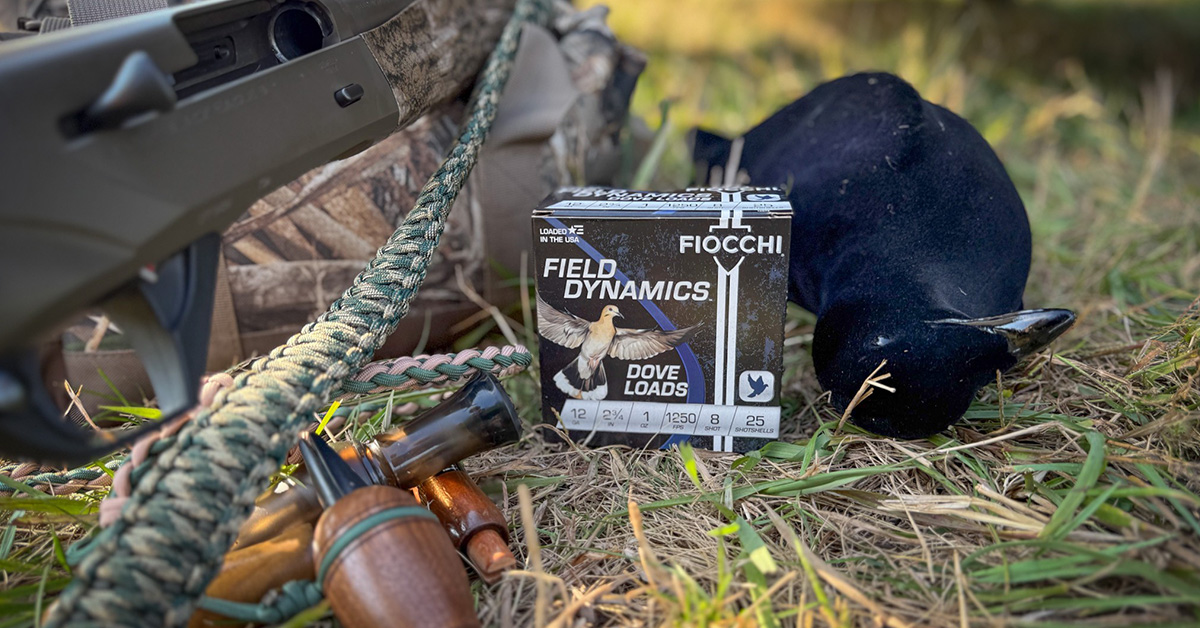
On the other end of the spectrum is the .410 bore, an increasing favorite among crow hunters seeking greater challenges (as if crow hunting isn’t challenging enough). With its modest payload, the .410 requires discipline, but when you connect, it’s a hoot. When you miss (and you will), you’ll appreciate why most hunters recommend it only for close-range shooting. If you have cash burning a hole in your pocket, you could consider using TSS shot with its extended range and tighter pattern, but at around $10 a pop, that can make for an expensive day afield.
Shotshell Choices: Pellets and Patterns
Selecting the right shot size is key.
A solid choice for longer ranges is #5, as it carries more energy per pellet while maintaining a relatively high-pellet-count payload. Shotshells loaded with #7½ or #8 provide denser patterns and are useful for closer or mid-range shots.
In areas where required, steel #6 or #7 can also work well.
As always, pattern your gun before the hunt. It is vital to not only understand the density of your pellet load on target at varying distances (usually out to 40-45 yards), but also to verify the point-of-impact. If you are not hitting where you are aiming, you may need to make some adjustments to your stock. Many shotguns today, like this Benelli Super Black Eagle 3, include drop and cast shims to better customize the fit of a shotgun to the shooter.
Hunting Techniques
Crow hunting combines elements of waterfowl hunting, predator calling, and upland bird hunting. Here are a few methods to consider:
- Set up in cut cornfields, pastures, or hay lots. Use crow decoys or owl decoys to draw them in, placing them on the ground and hanging a few in trees.
- Electronic calls and mouth calls can draw crows from long distances. Variety is key. Add a few owl or hawk calls to simulate a fight.
- In close-quarter woods, crows may respond aggressively to calls. Open or modified chokes and quick reflexes are key to this style of setup.
- Evening hunts near roosts can yield action, though this can be controversial as some hunters prefer not to pressure birds at their nightly gathering spots.
A Morning Afield
It’s early November, the frost crunches underfoot, and the sunrise spills orange across the cornfield stubble. You and a buddy set up crow decoys along a field edge with an owl decoy posted in a nearby tree, then settle in with shotguns ready.
Begin by working your favorite mouth call, then fire up the E-call and let rip a rowdy crow fight. Black dots appear on the horizon. A bird dives, committing to the decoy attack. At thirty yards, you shoulder your shotgun, pull the trigger, and the bird tumbles. So goes the morning…
The Allure of the Black Bird
As you take to the field and experience crow hunting, you realize it is something of a chess game with one of the most intelligent birds in North America. It’s a way to hone your shotgun skills, help game birds during nesting season, and to spend time outdoors when other seasons may be closed. Whether you choose the firepower of the 12-gauge or the nimbleness of the .410, you’ll find crow hunting to be both challenging and a lot of fun.
- Crow Hunting: Shotgun Practice with a Purpose - October 14, 2025
- Things You Need to Get NOW! - March 26, 2024

